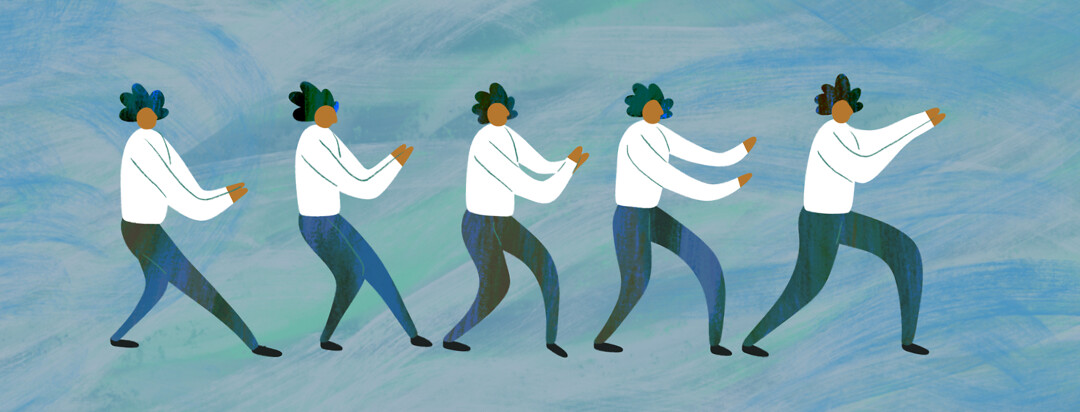I Tried Tai Chi and Qi Gong For Ankylosing Spondylitis
I'm always looking for ways to deepen communication with my body, increase my mobility, and quiet my mind. Enter Tai chi and Qi gong.
Tai Chi (also known as T'ai chi ch'üan) and sometimes referred to as "shadowboxing," has roots in ancient Chinese martial arts. Its focus is on defense training, health, and meditation — all influenced by Taoism and Confucianism. Legend has it that a Taoist monk, Zhang Sanfeng, dreamt up Tai chi while observing a fight between a snake and a crane in the Wu-dang Mountains.
Tai chi and ankylosing spondylitis
I am an absolute beginner when it comes to Tai chi, but I have been learning about it after reading a study regarding its effect on ankylosing spondylitis: The study says, "Tai chi improves flexibility and positively influences levels of disease activity in AS patients."1
While more research is needed, it may even help improve mood: "An average of four times weekly tai chi for 18 weeks reduced depression level in osteoarthritic patients. We speculate that training time and duration seemed to relate to reducing depression level, but further studies are required to prove this."1
Qi gong
Because of Tai chi, I have been learning about Qi gong, which is loosely defined as "working with bio-electric energy." Tai chi is sometimes grouped in with qi gong, but they are different.2
Qi gong (which is also called Qigong, chi kung, chi gung, and with other names) is a general term that refers to body posture, breathwork, and movement meditation — and it's used to bolster health and spiritual connectedness.
According to Pedram Shojai at The Yoga Journal, "The goal of qi gong isn’t an addition process; it is more a subtraction process. The more we can get out of our own way, the more we can let the universal flow of energy move through us."3
Martial arts help me feel more connected to my body
I'm interested in energy work, so it's a way to tune in while moving. I don't know about you, but the stress of managing AS and feeling disconnected from my own body due to pain and mobility issues makes me feel separate, not part of the whole. Qi gong has helped me be more centered in my body. And its gentle movement is helpful for mobility as well.
According to a 2019 study around qi gong's effect on ankylosing spondylitis, patients who completed the study saw decreased morning stiffness and fatigue.4
For me, Tai chi and qi gong are practices that require study, appreciation, research, and practice. I know very little — and I assume this will be true for some time, but I've learned to focus on my body, move with intention, and pay attention to my energy and capabilities. It's been very moving to quiet my mind and tune in to the deep focus. Instead of focusing on what is wrong, qi gong helps me focus on what is capable.
Here are some of the videos I've done
Including some seated tutorials, and some that provide information. I also offer a breathing tutorial to start:
- What is Qi Gong: Part 1, Purpose and Discovery
- Qi Gong Breathing: 7 Minutes to Calm body and Mind
- Tai Chi for Arthritis
- 20 Tai chi & Qi Gong Exercises For Joints, Flexibility, Arthritis
- Seated Qigong and Guided Meditation
- 10 Minutes Seated Qi Gong with Guided Breathing & Meditation
Editor's note: Please speak with a trusted health professional before beginning any new exercise programs.

Join the conversation